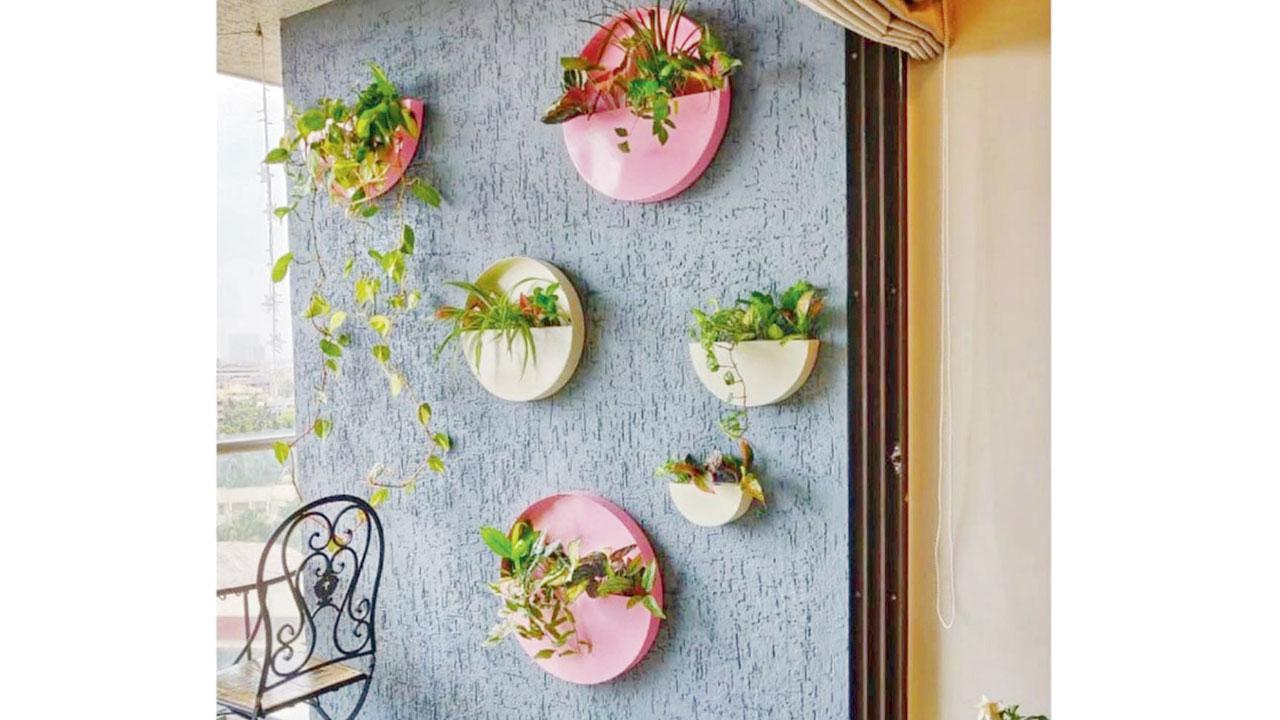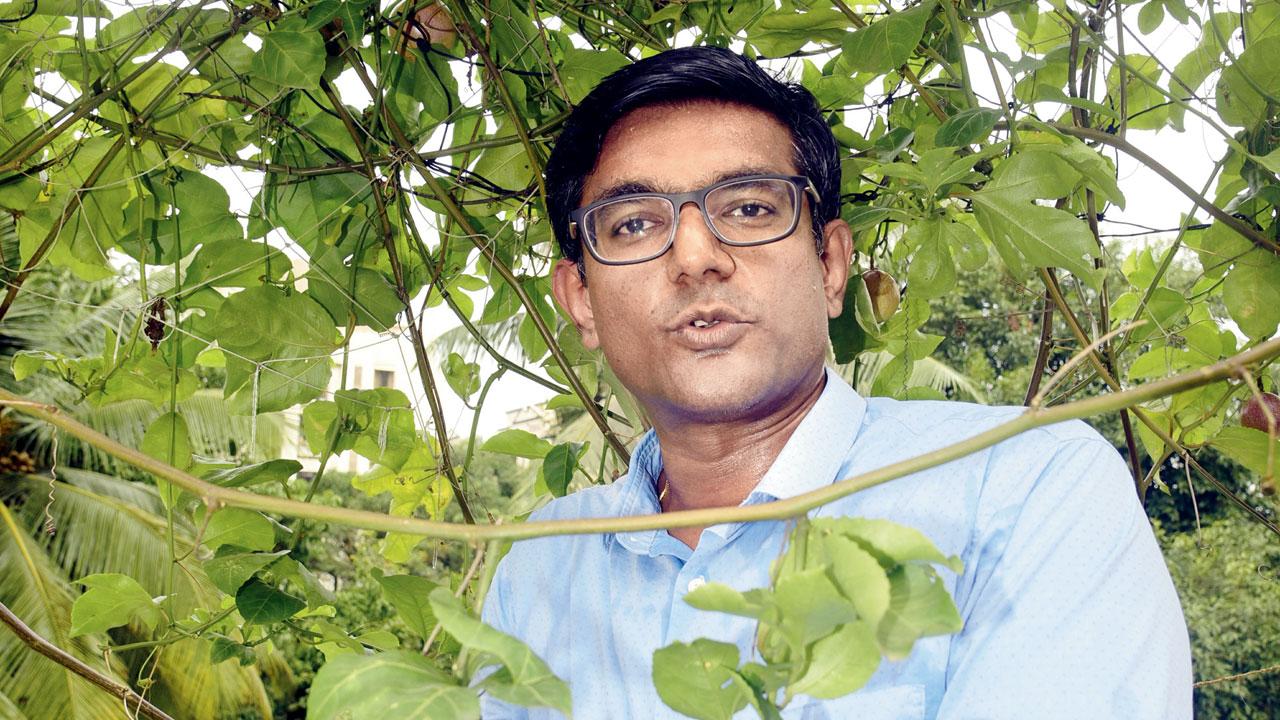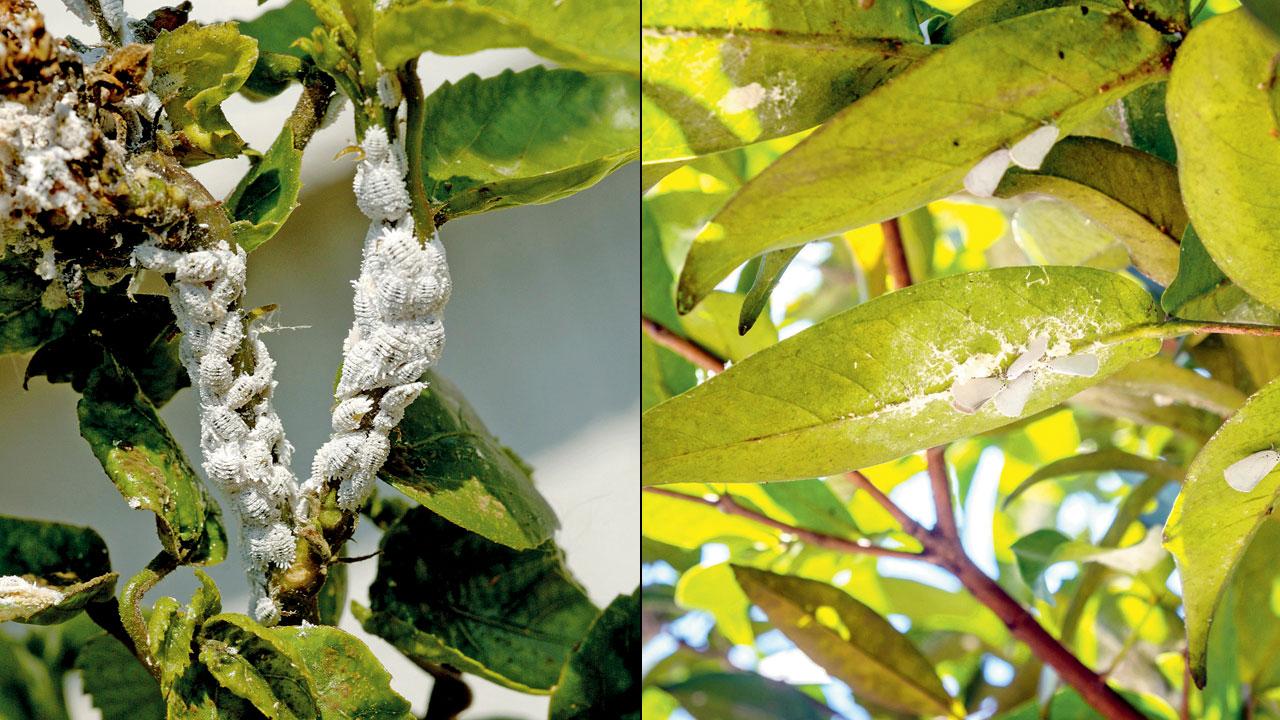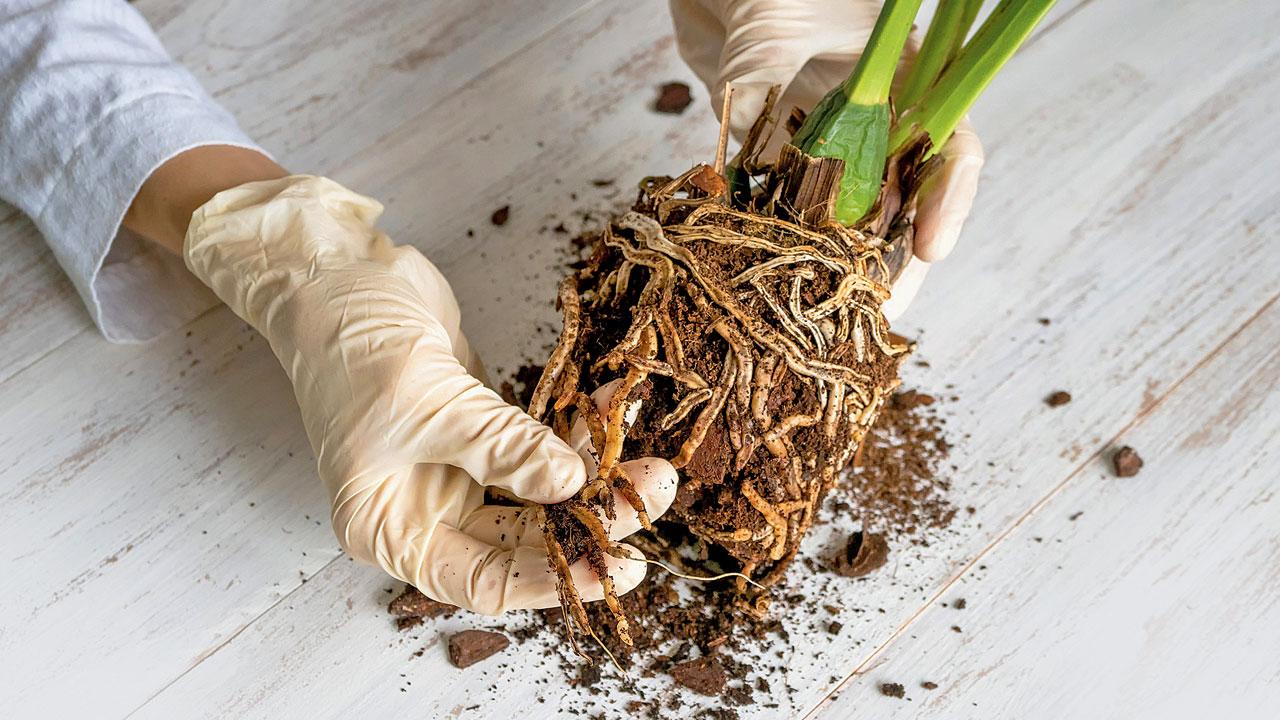With the rains threatening to arrive, an urban gardener and a nursery owner suggest ways to take care of plants, especially in a city like Mumbai

Representative Image
Monsoons are certainly Mumbai’s longest and most loyal season. While the showers offer respite from the scorching heat of summer, they also bring on a host of woes. The obvious concern is a pile of half dry clothes — followed by damp walls, a house that smells muggy, waterlogging and cancelled plans. But plant parents would agree that more than any of the above problems, they are bothered by their affected gardens.
ADVERTISEMENT

Angud Bhalla and Komal Garg
It breaks our heart to spot torn leaves, broken pots and rotten roots after having tended to a small garden for at least six months. Also, the space constraints in the city add to these difficulties. But what can we do? Two city-based experts list out tips to grant our green friends a fresh lease of life before the rains arrive.

Chetan Soorenji
Prevention is better than cure: While one can’t always be prepared for natural calamities such as a cyclone or hurricane, it is best to move lanky, broad-leafed plants to indoor corners when strong winds blow.

Nip them in the bud: If you have flowering plants at home, you are not new to the menace of mealybugs. Bhalla and Soorenji suggest that the bugs can be avoided by keeping excess moisture at bay. Try to incorporate temporary shades to protect your plants from direct splashes. Clean mealybugs on a daily basis using a cotton swab and some water and soap. You can also choose other solutions such as neem oil or isopropyl alcohol to tend to the affected parts.

Stop the rot: Angud Bhalla and Komal Garg, co-founders of Versova-based nursery @plantpeople.in, caution caregivers against root rot. “It is essential that you check the soil before watering the plants. The soil, during the rainy season, takes more time to dry up — sometimes, three to four days. Cut back on watering to prevent root rot and the development of fungus,” Bhalla advises.

Have their back: When it gets windy, tall plants tend to bend over and snap. Chetan Soorenji (@forestgardenmicrofarmsindia), who has grown a terrace forest in his Chembur home, says that we should tie plant stems to their nearest support — a grill, a metal extension or a sturdy branch firmly set in the pot.
 Subscribe today by clicking the link and stay updated with the latest news!" Click here!
Subscribe today by clicking the link and stay updated with the latest news!" Click here!








